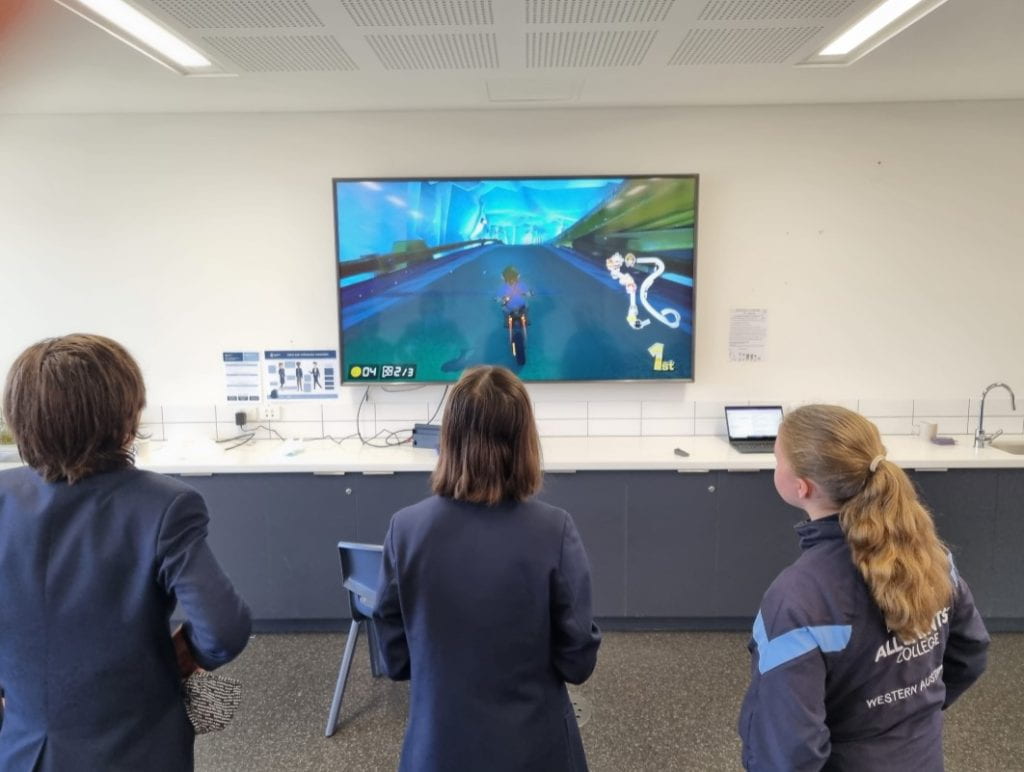Representation of the project: Brief summary of the project
The project was to design and build an earthquake resistant building that could withstand an earthquake simulator (shake table), be more than 60 cm tall with at most a 25cm by 25cm base, and only use a budget of 60$ for the whole thing. We were able to make multiple prototypes and test them, giving us time to make adjustments and change elements to suit our designs and make them better.
Overview of the engineering process:
The engineering process included designing the building first, making sure that the design first stayed within the guidelines that we were given and that it was achievable. Has the elements and structural integrity to survive an earthquake . The designing was simple, just ideas, until the actually building part. While we were building the first prototype, we realised that the guidelines of the design were not suited for this task, so we changes some things. Making the layers slightly smaller and changing lengths or pasta as we went along to keep the thing standing and strong. The first prototype took the longest to build, because we kept having to restart when things weren’t working, or things snapped when trying to put them together. When we finally did get it up though, it was good and strong, and the second prototype took a lot less time than the first because we already knew what to do, and what wouldn’t work. The only changes I would make to the process would be to give us more time, or a more flexible budget because we were worrying about it a lot at the start, and couldn’t do much for fear that we would go over it.
Collaboration
Kaiya was responsible for the project manager and the reporter. And I think that this fit her well, because she did keep us on track when I got a bit side tracked or out of focus, also making sure that we got things done by the deadline and not late. I was the equipment manager and speaker, and I didn’t really have to do much, since we were already pretty good in those areas. The strengths that Kaiya bought helped because she’s good at staying focused and on task, while I’m good at the building aspects and other things, and we worked well together to get the whole thing done in a friendly and effective way. ‘






